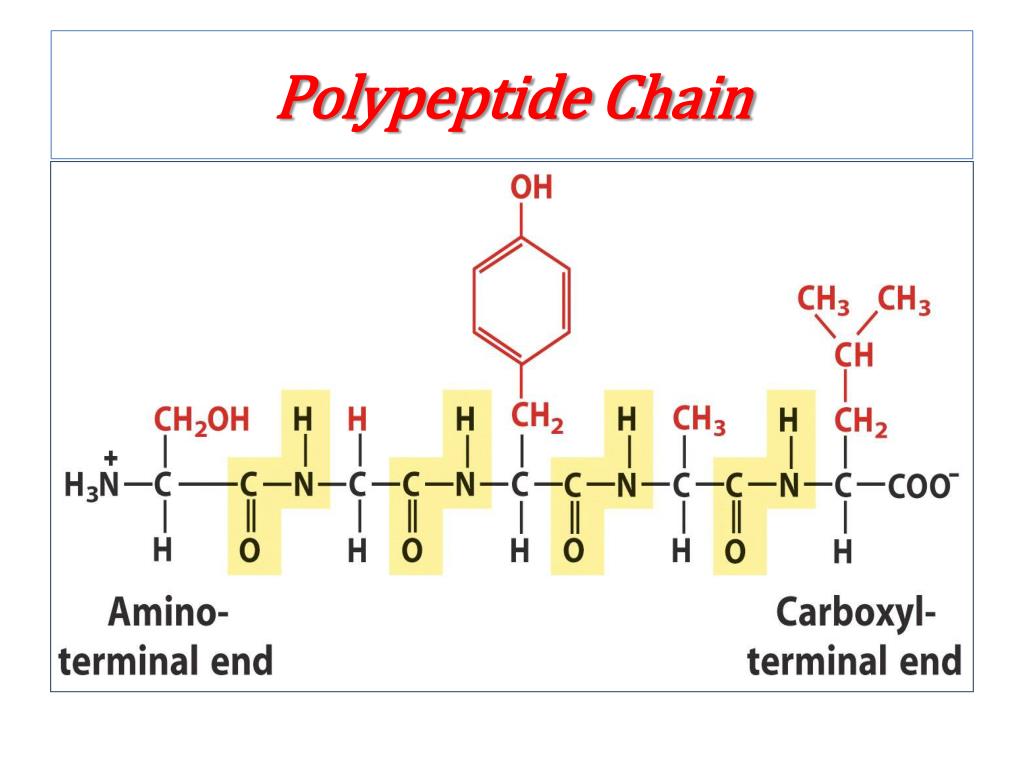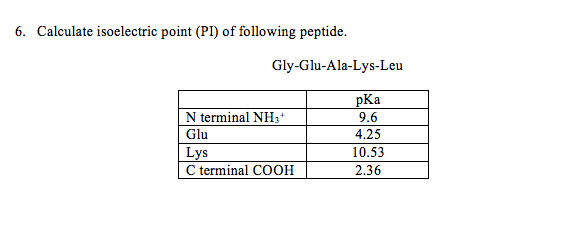
The Phe-Gly repeats in FG nucleoporins similarly indicate pi-pi interactions, but the lack of aromatics in elastins and designed phase-separating sequences ( Quiroz and Chilkoti, 2015) seems to suggest that they are not essential. The abundance of Phe-Gly/Gly-Phe and Arg-Gly/Gly-Arg dipeptides in Ddx4 and the fact that Phe to Ala mutations inhibit phase separation also point to pi-pi and/or cation-pi interactions. For Ddx4, electrostatic interactions between charge blocks has been demonstrated ( Nott et al., 2015 Lin et al., 2016). Multivalent ( Li et al., 2012 Pierce et al., 2016) electrostatic ( Pak et al., 2016 Lin et al., 2016) and cation-pi ( Nott et al., 2015 Kim et al., 2016 Sherrill, 2013) interactions and the hydrophobic effect ( Yeo et al., 2011) have all been proposed to contribute to IDR phase separation, the latter suggested to be dominant for tropoelastin ( Luan et al., 1990). The underlying physical principles and chemical interactions that drive phase separation in these IDRs are not well understood. However, many phase-separating proteins contain large intrinsically disordered protein regions (IDRs) with low complexity sequences that do not form stable folded structure (reviewed in ), including the Nephrin intracellular domain (NICD) ( Pak et al., 2016), polyglutamine tracts ( Crick et al., 2013), tropoelastin ( Yeo et al., 2011), FUS ( Burke et al., 2015 Kato et al., 2012), Ddx4 and the homologous LAF-1 ( Nott et al., 2015 Elbaum-Garfinkle et al., 2015) and FG-repeat nucleoporins ( Frey et al., 2006). For some systems, multivalent interactions between modular binding domains and cognate peptide motifs underlie phase-separation ( Li et al., 2012 Banjade and Rosen, 2014). Protein phase separation has important implications for cellular organization and signaling ( Mitrea and Kriwacki, 2016 Brangwynne et al., 2009 Su et al., 2016), RNA processing ( Sfakianos et al., 2016), biological materials ( Yeo et al., 2011) and pathological aggregation ( Taylor et al., 2016). We present a phase separation predictive algorithm based on pi interaction frequency, highlighting proteins involved in biomaterials and RNA processing. We found that pi-pi interactions involving non-aromatic groups are widespread, underestimated by force-fields used in structure calculations and correlated with solvation and lack of regular secondary structure, properties associated with disordered regions. Known phase-separating proteins are enriched in pi-orbital containing residues and thus we analyzed pi-interactions in folded proteins. However, forces promoting the more common phase separation of intrinsically disordered regions are less understood, with suggested roles for multivalent cation-pi, pi-pi, and charge interactions and the hydrophobic effect. Multivalent interactions of modular binding domains and their target motifs can drive phase separation. All rights reserved.Protein phase separation is implicated in formation of membraneless organelles, signaling puncta and the nuclear pore. Use the scrambler tool to randomly shuffle peptide or protein sequences.Ĭopyright © 2012-2023. Try the sequence splitter tool for fragmenting sequences of proteins and peptides with optional overlap.

Peptide with Phosphoserine: Arg-Arg-Ala-Ser(PO3)-Pro-Val-Ala Also on this site Peptide with isotopically labeled Valine and Isoleucine: Peptide with disulfide bridge (1-6), capped at C-terminal (amide): Cyclic CYFQNCPRG-NH2 Peptide with Biotin on N-terminal: Biotin-YGRKKRRQRRR Peptide with two disulfide bridges: ACDCRGDCFCG Head-to-tail cyclic peptide: cyclo(GRGDSP) Linear peptide in three-letter code: Arg-Gly-Asp-Cys

Linear peptide in one-letter code: KYICNSSCM

Please note: this is a rapidly changing project in development look, feel, and functionality may and will change. Take a look at the following posts for demonstration of what the calculator is capable of:įor a quick sample of the output screen, you can load a random peptide from the list of peptides the analytical tool has calculated before. The peptide molecular weight calculator will display average and monoisotopic mass of the molecule, as well as a table of mass divided by charge values, both in positive and negative scan modes, which is useful for mass spec analysis. Simply type in, or copy and paste, peptide or protein fragment amino-acid sequence, including modifications, spacers, or special termini, and press the “Calculate” button.
Calculate pi of peptide chain how to#
Sequence How to use this peptide analytical tool


 0 kommentar(er)
0 kommentar(er)
